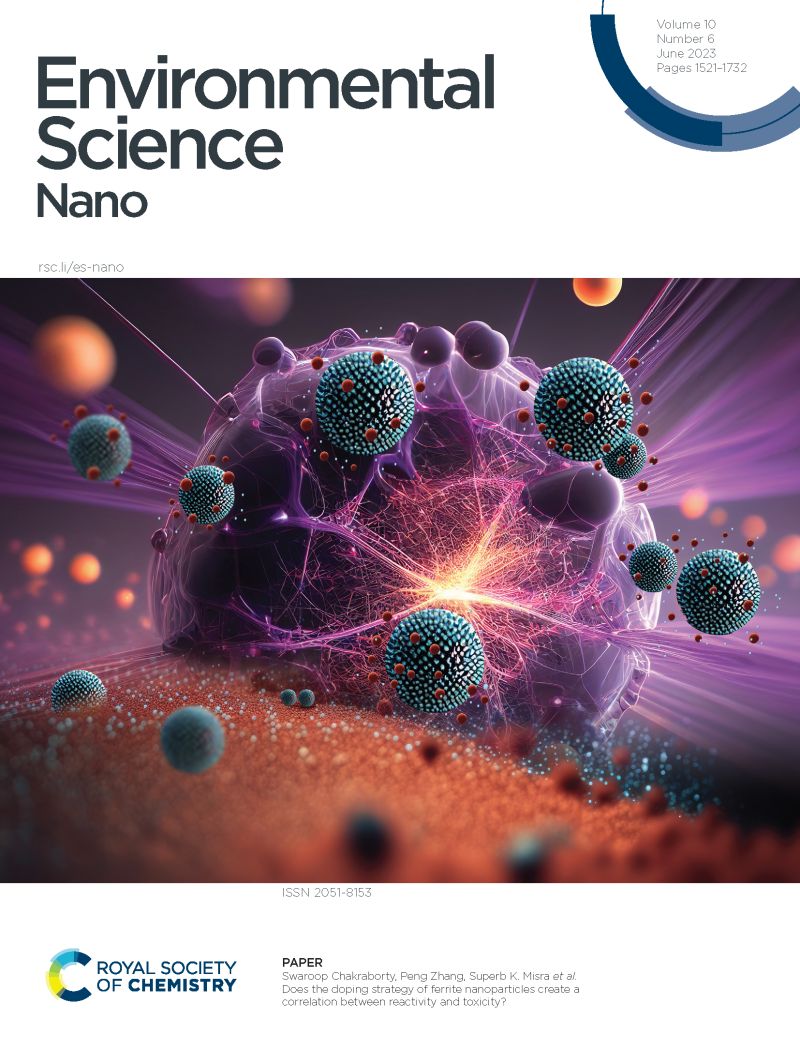Up-cycling of waste A4 papers into CaCO3/biochar nanocomposite for wastewater purification: Efficiency, mechanism and biotoxicity evaluation
IF 5.8
2区 环境科学与生态学
Q1 CHEMISTRY, MULTIDISCIPLINARY
引用次数: 0
Abstract
Waste A4 paper, which was mainly composed of cellulose, was a renewable, low-cost and easily accessible material. Converting waste papers into carbon-based catalyst is a green and sustainable way to recycle waste paper. Herein, we reported a strategy of treating waste with waste to synthesize calcium carbonate/biochar nanocomposite (CCBN), from the hydrothermal method and calcination of waste A4 paper, as a high-efficiency nanocatalyst in activating PMS for the treatment of antibiotics wastewater. Fully physical characterizations confirmed that waste A4 paper was successfully converted into calcium carbonate/biochar nanocomposite (CCBN) with a structure of porous biochar at 400 oC calcination. CCBN-400 was composed of biochar and CaCO3, which was favor of PMS activation. The quenching tests, electrochemical analysis and EPR analysis suggested that 1O2 and e- were the primary active species in the CCBN-400/PMS system. Moreover, the germination experiment suggested that bio-toxicity of tetracycline to wheat seeds was significantly decreased by treatment of CCBN-400/PMS system. Here we successfully up-cycled waste A4 paper into carbon-based catalyst for water decontamination.求助全文
约1分钟内获得全文
求助全文
来源期刊

Environmental Science: Nano
CHEMISTRY, MULTIDISCIPLINARY-ENVIRONMENTAL SCIENCES
CiteScore
12.20
自引率
5.50%
发文量
290
审稿时长
2.1 months
期刊介绍:
Environmental Science: Nano serves as a comprehensive and high-impact peer-reviewed source of information on the design and demonstration of engineered nanomaterials for environment-based applications. It also covers the interactions between engineered, natural, and incidental nanomaterials with biological and environmental systems. This scope includes, but is not limited to, the following topic areas:
Novel nanomaterial-based applications for water, air, soil, food, and energy sustainability
Nanomaterial interactions with biological systems and nanotoxicology
Environmental fate, reactivity, and transformations of nanoscale materials
Nanoscale processes in the environment
Sustainable nanotechnology including rational nanomaterial design, life cycle assessment, risk/benefit analysis
 求助内容:
求助内容: 应助结果提醒方式:
应助结果提醒方式:


